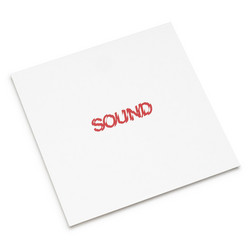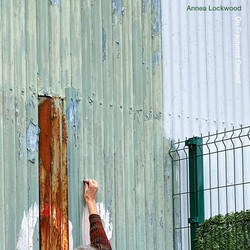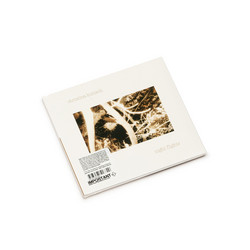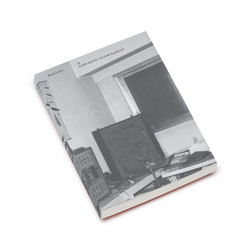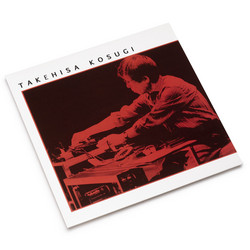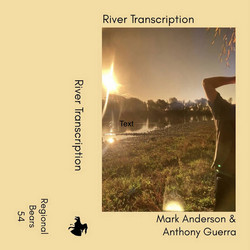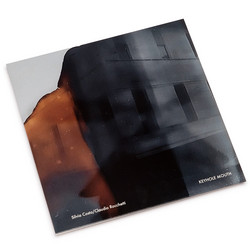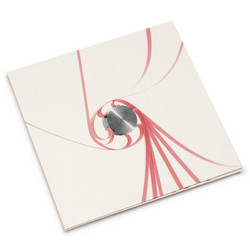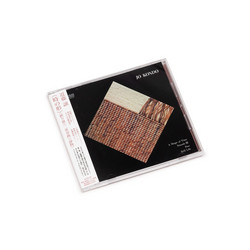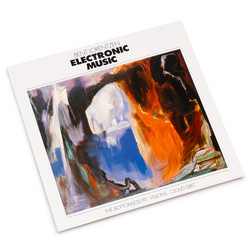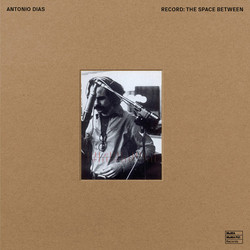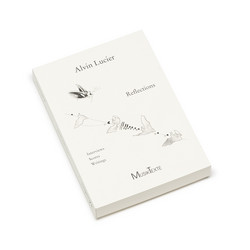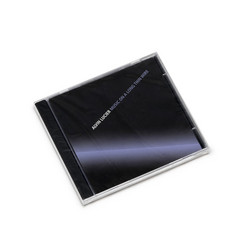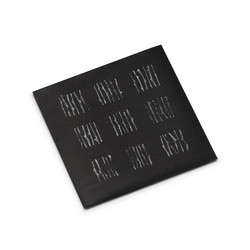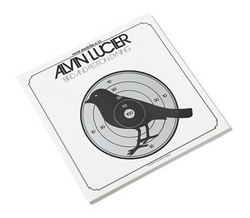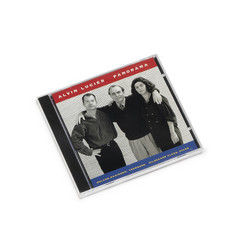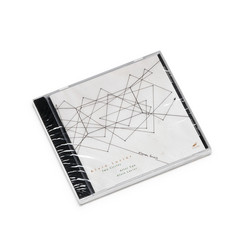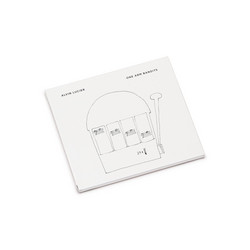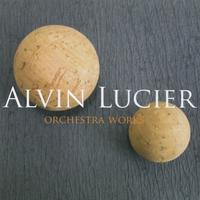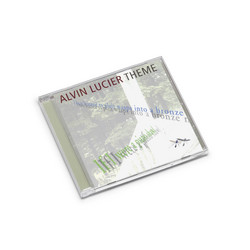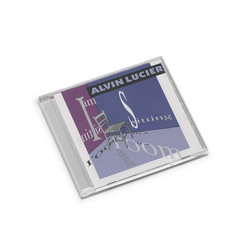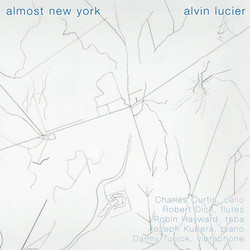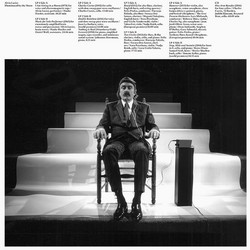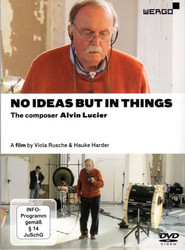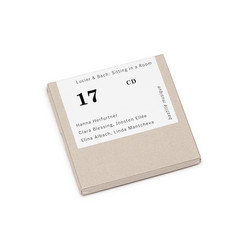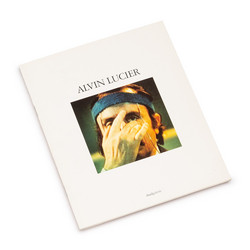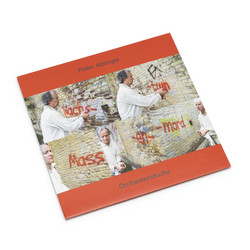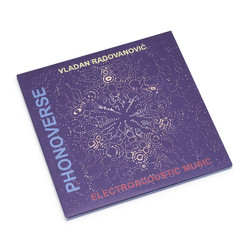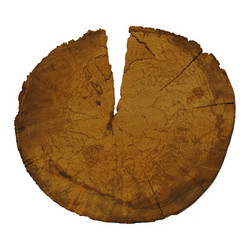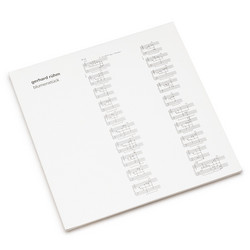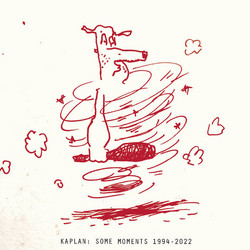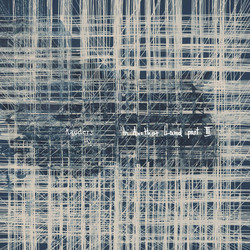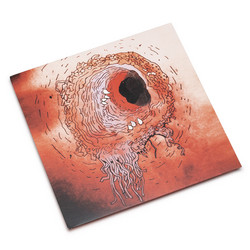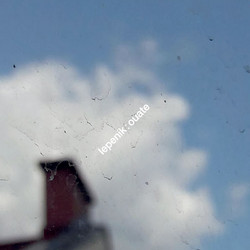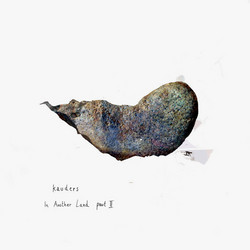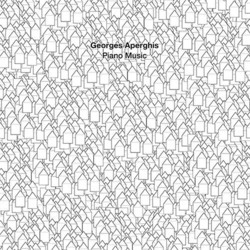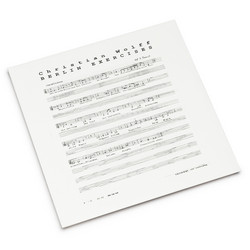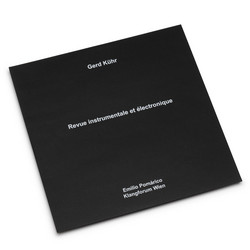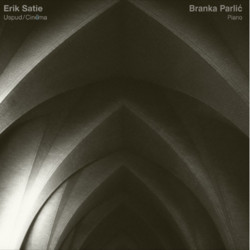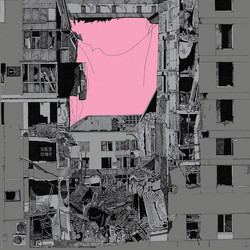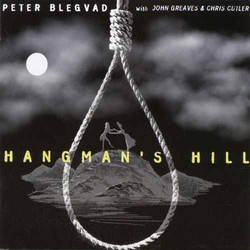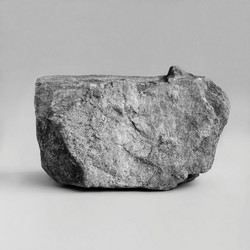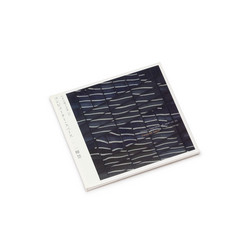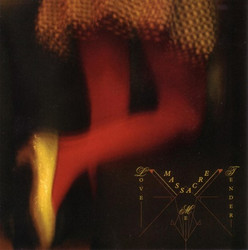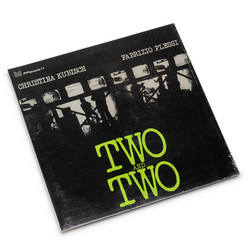'I don't do anything special with the instruments. I don't use extended techniques. I use the pure sound of the instruments, with alterations in tuning to make audible [acoustic] beating.' This statement introduces a new Alvin Lucier mindblowing LP record, that includes two compositions for flutes and glissando flute, “13 degrees of darkness” and "Double Himalaya", as well as a fantastic version of the legendary "Still And Moving Lines Of Silence In Families Of Hyperbolas".Performed by Manuel Zurria and Erik Drescher.
"Throughout my career I have tried to discover ways of moving sounds in space and revealing their sculptural characteristics. In Vespers (1968) and Reflections of Sounds from the Wall (1982) sounds bounce off reflective surfaces to various points in a room. In Directions of Sounds from the Bridge (1978) and The Shapes of the Sounds from the Board (1980) they flow out of musical instruments in different directions. In In Memoriam Jon Higgins (1985), a clarinetist causes ripples of sound to spin around the performance space. In none of these works is the movement produced by electronic switching or panning devices; instead, certain natural characteristics of sound are isolated and made audible. The results are subtle, often too much so for the average listener to discern. I accept this obstacle to the comprehension of my works but retain the intention as an impetus for compositional ideas.
Still and Moving Lines of Silence in Families of Hyperbolas is a four-part work begun in 1972. Part I is a sound installation in which closely tuned pure waves spin around the room at various speeds and in different directions; Part III is similar, except that snare drums are sympathetically resonated by the passing waves; and in Part IV dancers discover and move in valleys of quiet sound produced by one wave flowing from two loudspeakers, forming hyperbolic curves in space. Part II consists of 11 solos and a duet for voice, clarinet, French horn, flute, string quartet, and four mallet instruments.
Shipping on Wednesday, June 17th.In twelve of the pieces, those for voice and sustaining instruments, the musicians sound sixteen long tones separated by silences against one or two fixed oscillator tones. For each sound the musicians slightly raise and lower their pitch, producing audible beats of various speeds. (When closely-tuned musical tones are sounded, beats—bumps of loud sound produced as the sound waves coincide—occur at speeds determined by the difference between the pitches of the tones. The larger the difference, the faster the beating. At unison no beating occurs.) For example, the clarinet sounds a long tone several cycles below a pure wave and, with each successive breath, raises his pitch a couple of cycles at a time, arriving at unison with the wave by the 9th tone, continuing and stopping several cycles above it. The soprano sings against two rapidly-beating waves—first with the higher one, then with the lower—moving inwardly and stopping at the midpoint between them. The horn starts in unison with a single wave and, with alternate breaths, moves farther and farther below and above it, forming an outward wedge pattern.
For the mallet instruments, whose pitches cannot be altered, the player varies the tempo of a series of repeated strokes. The pure waves are tuned in such a way as to cause a basic beating pattern every time a tone is struck; then, as the player speeds up or slows down, the basic pattern becomes shortened or lengthened. In the marimba solo, for example, a pure wave is tuned a half cycle below the instrument's D-flat. Every time that note is struck, one beat every two seconds is sounded. The player begins in "unison" with this pattern, and with each successive series of strokes, gradually increases the tempo until, at about one stroke per second, the beat is “cut in half.”
Because of the relatively short decay times of these percussive sounds, their spatial characteristics differ from those of sustaining instruments. Compared to certain wind or brass instruments, with which players can hold sounds for thirty seconds or longer in one breath, the longest sounding time of a mallet stroke is not more than about eight seconds. Vibraphone strokes, for example, have decay times long enough to produce smooth movement across the stereo field, while the shorter, more rapidly decaying strokes of the glockenspiel seem to place themselves in different locations in space." Alvin Lucier

